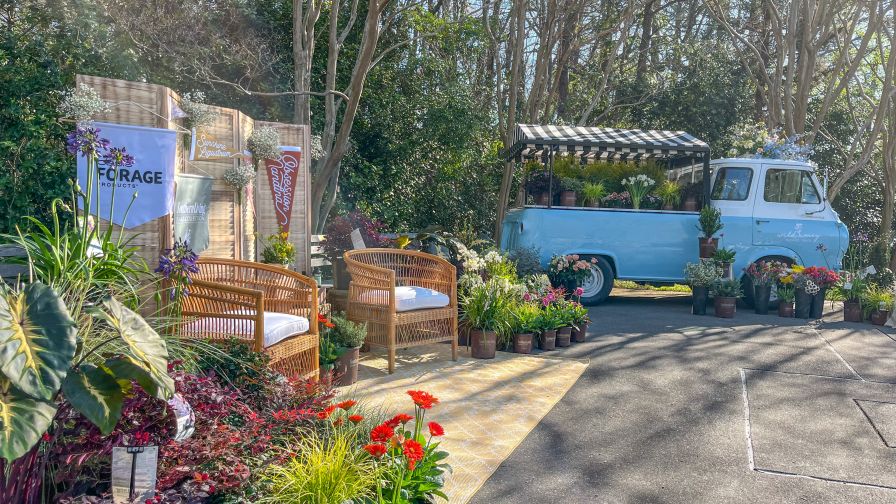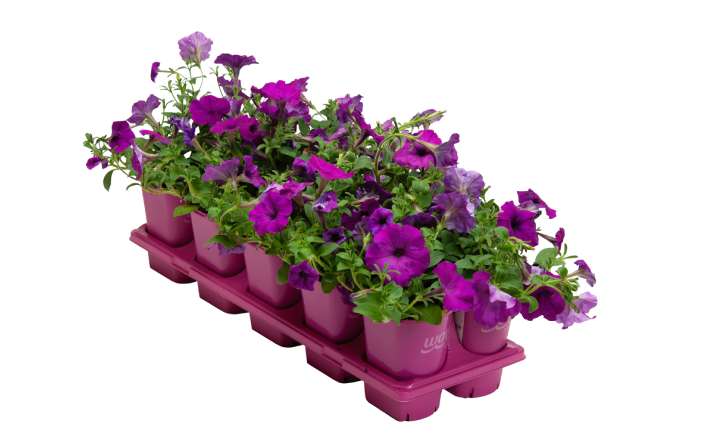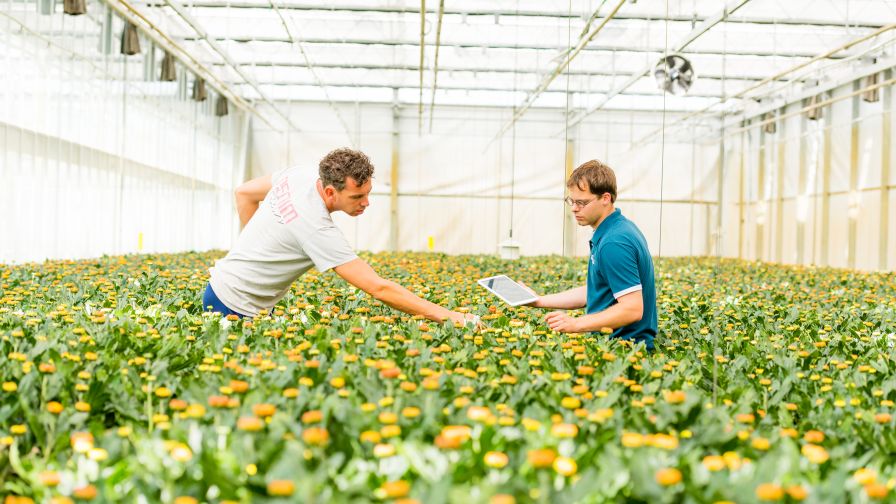Growing Beyond Your Comfort Zone Can Be Rewarding
 Production changes and shifts to new crops are not decisions to be taken lightly. However, growers in this industry have a history of success in rolling with changes and even reinventing themselves entirely. This is especially true in recent years.
Production changes and shifts to new crops are not decisions to be taken lightly. However, growers in this industry have a history of success in rolling with changes and even reinventing themselves entirely. This is especially true in recent years.
According to Greenhouse Grower’s 2015 Top 100 Growers Survey, growers rapidly increased their use of biocontrols over the previous five years, and perhaps even more so in the past two years since, thanks to a higher level of understanding and evolving products that are providing more control. Perhaps much of this is due to mandated and voluntary reduction of neonicotinoids. In reaction to this, crop protection manufacturers have increased their efforts to roll out chemistry and biological products that can work together and meet the changing needs growers face.
Growers are also evolving to produce more crops that fill customers’ interests and needs, including the rapidly growing demand for more pollinator-friendly plants like natives and perennials, and vegetable and herb starter plants for food gardening. None of this is to say that changing our practices and crop mixes due to the demands made by our customers has been an easy process. But while we might not always agree with what consumers want — or make the same choices for ourselves — that doesn’t matter. We must continue to work toward understanding their needs and motivations, and evolve our capabilities to meet their demands.
And thanks to our industry’s experience in using biocontrols and integrated pest management, we now have much to offer emerging areas in protected agriculture, whether we choose to advise other growers or capitalize on these markets ourselves.
Protected agriculture is a rapid growth area in the U.S., as demand for healthy, locally grown produce grows, and more greenhouses are retrofitted or constructed to feed the demand. And it’s not only greenhouses either, as warehouses and even shipping containers are reincarnated as growing operations to produce food crops.
Growers of ornamental crops have taken notice of the opportunities in this area, as well. And while many producers say they are perfectly content to stay out of the greenhouse veggie market, or that the learning curve is too steep or the food safety regulations are too restrictive or scary, I think in a lot of ways, the opportunities are too great to pass up. As an experienced plant producer, you owe it to yourself to consider all possibilities, and not give all the potential profits away to start-ups from outside the industry.
I predict that larger growers will begin to migrate into greenhouse vegetable production over the next five years, partly to capitalize on their established relationships with mass merchandisers like Walmart, Meijer, Aldi, Target, Costco, etc., which continue to increase their sourcing of locally grown and organic produce. It’s already begun, with ornamental producers like Altman Plants and Pleasant View Gardens via lēf Farms venturing into indoor ag. Large-scale, Canadian hydroponic vegetable farms like Houweling’s Tomatoes have long seen the opportunities here, and more have recently expanded their operations into the U.S., like Nature Fresh Farms and Red Sun Farms, who are building significant operations in Ohio. Urban producers Gotham Greens, Bright Farms, and others continue to grow as they fill demand in city food deserts.
The opportunities are there for the taking. And whether you’re sure about it or not, if you want in on the action, you might want to make a move sooner rather than later.









